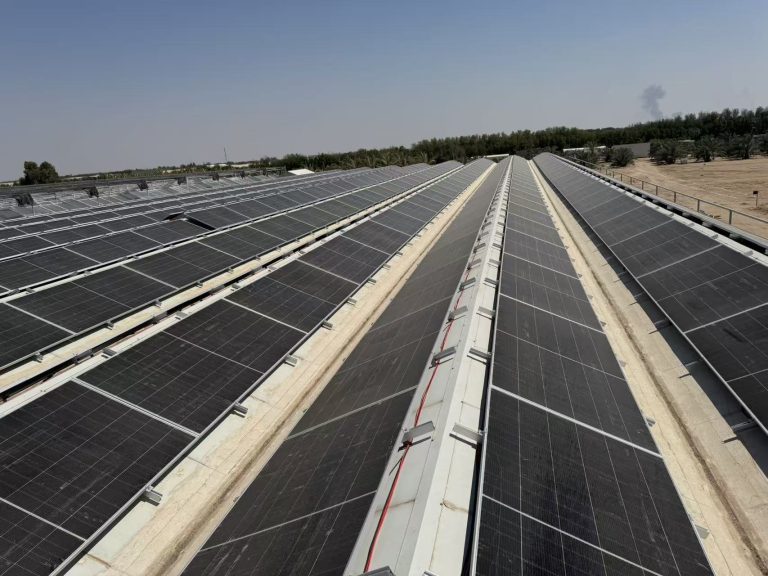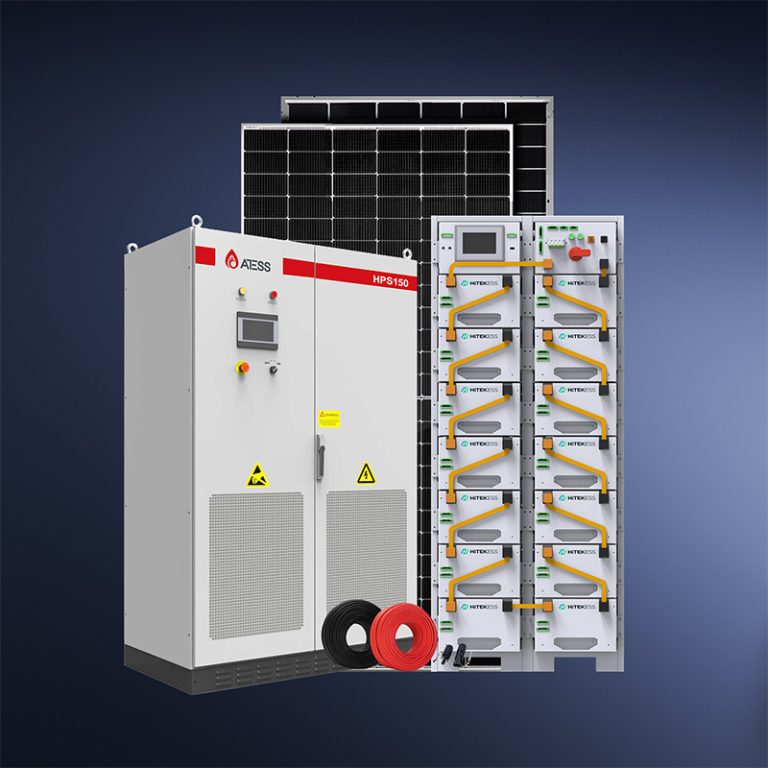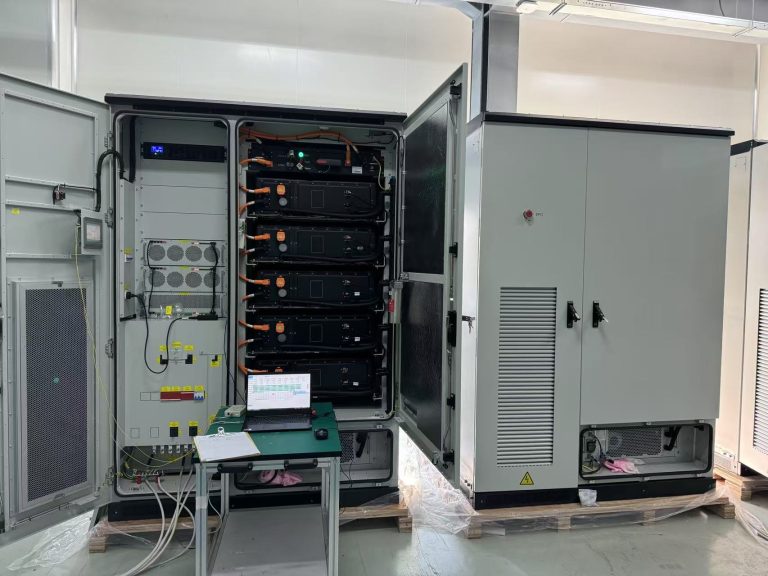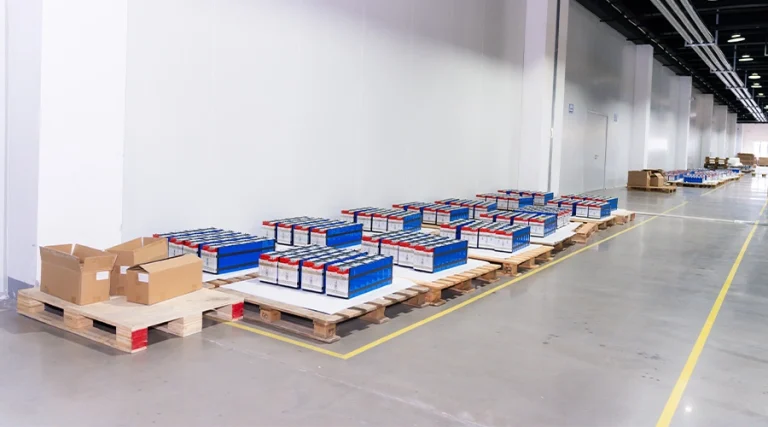Thinking about going solar? You’re not alone. Many folks worry if their roof has room for panels. Panneaux solaires come in different sizes, and picking the right one matters a lot. This guide breaks it down simply. We’ll cover how sizes work, common types, and what fits your space. By the end, you’ll feel ready to choose.
Solar power keeps growing. Policies push for more renewable energy in rural spots too. Governments encourage distributed setups, like small-scale solar in villages. That means more people can tap into clean power without big grids. But size plays a key role in making it work for you.
Why Solar Panel Size Matters
Size affects everything. Bigger panels might produce more power, but they need more space. Smaller ones fit tight spots, yet you might need extra to meet your needs. Get it wrong, and your system underperforms. Or wastes money.
Consider your roof. Most homes have limited area. Panels too large? They won’t fit. Too small? Your bills stay high. Size also ties to weight. Heavier panels strain roofs. Installers check that first.
In commercial setups, size scales up. Factories or farms use larger panels for big output. But even there, space limits apply. Think about transport too. Big panels are harder to ship and handle.
How to Measure Solar Panel Size
Solar panels aren’t just measured in feet. Pros talk cells first. Cells are those little squares that catch sunlight. More cells often mean bigger panels and more power.
Measuring by Cell Count
Count the cells. It’s the main way. Standard panels have 60 or 72 cells. Some use half-cut cells, doubling the count to 120 or 144. Why? Half-cuts boost efficiency without growing the panel much.
- 60-cell: Common for homes. Laid in 6×10 grid.
- 72-cell: For bigger jobs. 6×12 grid.
- 120 or 144-cell: Half-cut versions. Same size as above but smarter design.
Cell count hints at power. 60-cell might hit 350-400 watts. 72-cell? Up to 450 watts or more. But don’t fixate on numbers. Real output depends on sun and setup.
Physical Dimensions and Weight
Now, actual size. Think feet and pounds. A typical 60-cell panel stretches about 5.5 feet long by 3 feet wide. Depth? Around 1-2 inches. Weight sits at 40 pounds.
72-cell panels grow. Roughly 6.5 feet long, same width. They tip scales at 50 pounds or so.
Here’s a quick table for common types:
| Panel Type | Approximate Length (feet) | Approximate Width (feet) | Approximate Weight (pounds) |
| 60-Cell | 5.5 | 3 | 40 |
| 72-Cell | 6.5 | 3 | 50 |
| 144 Half-Cut (Bifacial) | 7.5 | 3.7 | 70 |
These vary a bit. Bifacial panels, which catch light on both sides, might run larger. They use dual glass, adding weight. Always measure your space twice.
Common Solar Panel Sizes and Their Uses
Sizes fit different jobs. Homes differ from businesses. Let’s dive in.
60-Cell Panels: Ideal for Homes
These rule residential roofs. Why? Compact. Fit most houses without hassle. Power enough for a family. Expect 17-19% efficiency. That turns sunlight to electricity well.
Install 15-20, and you cover average home use. They work great in tight urban spots. Less weight eases roof stress too.
72-Cell Panels: For Commercial and Large-Scale
Bigger beasts. Commercial roofs love them. More cells mean higher output, like 415-460 watts. Efficiency hits 18-21%.
Farms or warehouses pick these. They cover big energy needs. But check roof strength. Heavier load.
In rural areas, policies boost these for distributed power. Villages build small plants with them. Handles charging stations too.
Half-Cut Cell Panels: The Modern Twist
Half-cut cells change the game. A 120-cell equals a 60-cell in size but performs better. 144-cell matches 72-cell.
Cuts reduce resistance. Less shade impact. Higher yield in real world. Many new panels use this. Bifacial versions add rear-side capture, upping power 10-30%.
How Many Solar Panels Do You Need?
Not just size. Total count matters. Average home system? 15-19 panels. Takes 260-340 square feet.
Figure yours. Check bills for yearly use. Say 10,000 kWh. Divide by panel output. A 400-watt panel makes about 600 kWh yearly in sunny spots.
- Sunny area: Fewer panels.
- Shady or northern: More needed.
Space limits it. Roof too small? Go efficient panels. They pack more punch per square foot.
For businesses, scale up. A factory might need hundreds. Storage adds in. Pair panels with batteries for off-grid reliability.
Factors Beyond Size That Count More
Size isn’t king. Look deeper.
Efficiency: More Power in Less Space
Efficiency rules. It’s how much sun turns to power. 17% low end. 22% top.
High efficiency means fewer panels. Fits small roofs. Costs more upfront, saves long term.
Temperature matters. Hot days drop output. Good panels handle heat better.
Warranties: Long-Term Peace
Two types. Product warranty covers defects. 12-25 years common.
Performance warranty promises output over time. Starts near 100%. Drops to 80-90% after 25-30 years.
Degradation happens. 0.4-1% yearly. Pick strong warranties. They show quality.
Other Key Features
- Bifacial: Extra power from ground reflection.
- Frame: Aluminum for strength.
- Glass: Tempered, 2mm thick often.
These affect durability, not just size.
Choosing the Right Solar Panel Size for Your Setup
Tailor to you. Homes: Stick to 60-cell. Easy install.
Commercial: 72-cell or larger. Handles big loads.
Consider space. Measure roof. Account for edges, vents.
Portable needs? Smaller panels. 100-200 watts. Foldable for camping. Flexible ones bend, weigh less.
Rural or off-grid? Policies favor distributed solar. Bigger panels with storage for reliability.
Work with pros. They assess sun, needs, space. Custom fit.
Portable and Flexible Solar Panel Options
Not all panels stay put. Portable ones for RVs, boats.
Typical portable: 5 feet by 2 feet. 100-200 watts. Lighter, 10-20 pounds.
Flexible: Thin, bendable. Same size, but store easy.
Folding kits: Backpack small or RV big. Versatile.
Great for backup. Or remote work.
HITEK ENERGY CO.,LTD: Innovators in Renewable Energy and Solar Solutions
HITEK ENERGY CO.,LTD, established in 2016, is a leading manufacturer specializing in smart energy storage and renewable solutions. As a global player, the company focuses on prismatic LiFePO4 lithium batteries, modules, and systems for applications in power grids, commercial, residential, and backup power setups. With over 294 intellectual property rights, including 22 invention patents and 59 utility models, HITEK ENERGY emphasizes technological advancement in motor drives, energy conversion, and storage. Their manufacturing boasts automated lines with AI-driven quality control, keeping defect rates below 100ppm, and supports capacities from 50kWh to 5MWh. Among their diverse portfolio, HITEK ENERGY’s solar panels stand out as key components in their integrated systems, designed for high efficiency in monofacial and bifacial formats to capture renewable energy effectively. These panels integrate seamlessly into C&I, containerized, and residential solutions, enabling peak shaving, self-consumption, and cost savings while promoting a greener future.
Conclusion
Solar panel size shapes your system. From cell count to dimensions, it impacts fit and power. But remember, efficiency and warranties often trump size. Pick based on space, needs, and long-term goals. Going solar cuts bills and helps the planet. Ready to start? Talk to experts.
Questions fréquentes
What is the standard solar panel size for a home?
In this complete guide to solar panel size, we note that 60-cell panels are standard for homes. They measure about 5.5 feet by 3 feet and weigh around 40 pounds. Fit most roofs well.
How does solar panel size affect power output?
Bigger sizes, like 72-cell panels, often give more power. But as our complete guide to solar panel size explains, efficiency matters too. A large panel with low efficiency might underperform compared to a smaller, high-efficiency one.
Can I use different solar panel sizes in one system?
Yes, but it’s tricky. Mixing sizes needs compatible voltages. Check with installers. Our complete guide to solar panel size suggests sticking to one type for simplicity.
What solar panel size works best for commercial use?
For businesses, 72-cell or 144 half-cut panels suit best. They offer higher output. This complete guide to solar panel size highlights their use in farms, factories, and rural setups for better energy security.
How do I calculate space for solar panels?
Measure your roof. Multiply panel dimensions by count. Add gaps. Tools online help. As detailed in this complete guide to solar panel size, average systems take 260-340 square feet.
Énergie HITEK« leS STAR SOLAR PANELS
- Hitek 580watt 590W 600W Mono N Type Topcon 182mm Cell Module Solar Panel
Modèle: HT590M-72HN
- Longi Jinko Ja Trina Tier 1 Brand Topcon Bifacial 430W 440W Solar Panel
Modèle: HT440M-54HN
- Hitek New Arrivals N-Type Solar Panels 550W 580W 600W 620W Bifacial Solar Panel Topcon Solar Panels to Power House
Model: HT600M-72HN
- Haute efficacité Hitek Longi Jinko Monocristalline 550W 560W 600W 610W Module solaire Topcon Perc 700W 710W 720W Prix de vente en gros du panneau solaire PV
Modèle: HT610M-72HNB
- Meilleur Topcon Longi Ja Trina Jinko Jenko 550W 580W 590W 600W 610W 620W Panneau solaire 1000W Prix de gros
Modèle: HT600M-72HNB




